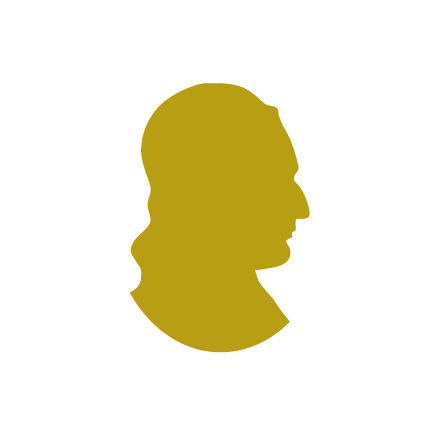





Previous Section: American Birchbark Boats, Gratulation
Next Section: American Birchbark Boats, § 2
Some time ago I published some of my brother’s thoughts and proposals regarding the promotion of navigation by way of rivers and lakes in this country.1 I have since then with pleasure learnt that the Royal Academy of Sciences has recommended the said proposals to His Royal Majesty to be put into practice and that the authorities are furthermore said to be considering the cleaning up of the rivers and waterways in Finland, so that the means for that have already been allocated, and that His Royal Majesty has issued an order for the implementation of the matter to the Public Finance Board.2 I have also in my spare time had the opportunity to read through some travel accounts, including that of Campanius on New Sweden3, which among other things on page 136 states: Their boats they (the native Americans) make of bark from the cedar tree or birch, of which exceedingly large and thick ones exist there, binding them together so neatly that they can pack them together and carry with them wherever they go; and when they come to any creeks that run in from the riverside and wish to cross them, they place them in the water and then travel in them wherever they please. They also used to make boats for themselves of cedar trees, which they hollowed out with fire, then cutting away the burnt part with stone, bone or mussel shells. My curiosity was thereby aroused to gain closer knowledge about how those boats should be constructed; for that purpose I read more travel accounts concerning the localities where they are used, as in particular Father de Charlevoix in his ‘Histoire de Nouvelle France’, vol. V, p. 283 ff.4, Hennepin in his ‘New Discovery of a vast Country in America’, part I, ch. 3,5 and that of the clerk or book-keeper on the ship ‘California’ in his ‘Voyage to Hudson’s Bay’, p. 39,6 but could not obtain sufficient enlightenment from them until I made enquiries from our Praeses,7 who has travelled there most recently and who has moreover most generously agreed to inform me about their nature. Now, as this matter is both closely related to what I previously published and is not likely to be unpleasing to my countrymen, I have decided to have it issued as an academic specimen.
Previous Section: American Birchbark Boats, Gratulation
Next Section: American Birchbark Boats, § 2
Places: America Hudson Bay Finland Uppsala New Sweden
Names: Campanius Holm, Thomas Campanius, Johannes Charlevoix, Pierre François Xavier de Hennepin, Louis Kalm, Pehr Lindeström, Per
Biblical references:
Subjects: